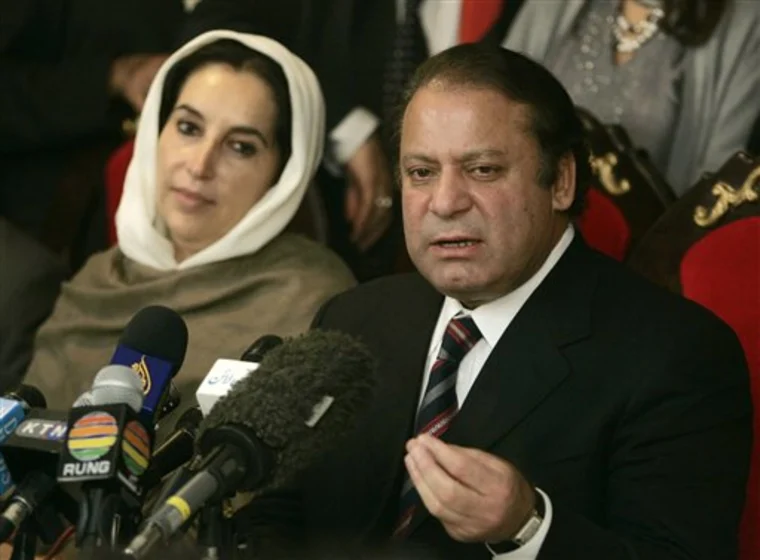Since Pakistan came into being, its economic and political culture has seen turbulent times. The newly-born state was stranded at the crossroads after the demise of its founder, Quaid-e-Azam Mohammad Ali Jinnah. Lacking proper governance and local institutions, the country faced grave challenges – economic and political crisis being more prominent than the rest. Unlike India which had already commenced the process of constitutional development ten years prior to the partition, Pakistan faced constant failures in governance that gave way to ethnic and religious disputes. However, at the same time, the country emerged as a nascent economy in the region, most of it being dependent on agriculture. Agriculture contributed the major chunk of GDP that was almost 50% with a labor force of 65%.The figures remained same until 1980s.

During the years of military rule, the country’s GDP was 6-7%. On one hand where political forces were weakened by the perpetual epoch of dictatorship, the economy boomed since receiving more foreign aid. During the democratic rule, the economy crippled partly because of reduction in foriegn aid, and chiefly due to poor governance and the ruling parties narrowed focus on power instead of policy and public service. It is worth depicting that during ZA Bhutto’s government, foreign aid was received in ample amounts but the economy could not rise due to several other factors, which include the floods of 1973 and 1976, separation of East Pakistan, worldwide recession of oil, etc.
Another setback to Pakistan’s political arena is clientelistic politics. The ruling parties have always been concentrating power on the basis of influence and wealth of their members. Even within the parties, preference is given to the patrimonial lineage when it comes to distribution of tickets. Such practices completely ignored the urban participation and representation in the electoral process. Afraid of being held accountable by the public and losing their political ground, the democratic governments purposefully overlooked the urban and middle class population and limited strengthening and supporting the rural elites, feudals and urban elites (who also adopted the same practice of feudal politics to preserve their material interests). However, transcendence in political trends was witnessed during the former President Musharraf’s rule. Due to globalization, rise of information technology and relatively freer media, the middle class emerged as a new force that demanded a voice and place in the political and governmental spheres.The alliance of civil society and middle-class and a rising judiciary catalyzed the movement due to which the country was able to re-emerge after the long spells of dictatorship.

However, restoration the democratic rule in the country did not mean stabilization and harmony. Dynastic politics, regionalism, and poor experimentation with the country’s infrastructure further deteriorate the situation. Seemingly, the manifestos of the ruling parties (PPP and PML N) during the 1990 and 2000s, were immaculately focused on the welfare of common man and populace, but if one looks back at their practical measures taken during and after the elections, there are not any plausible examples of claims made. Slogans of empowering the struggling and trodden masses are not sufficient to transform the fate of the country. Practical and prudent measures have to be taken instead of temporarily masquerading as ‘true’ public servants to sustain vote bank.



